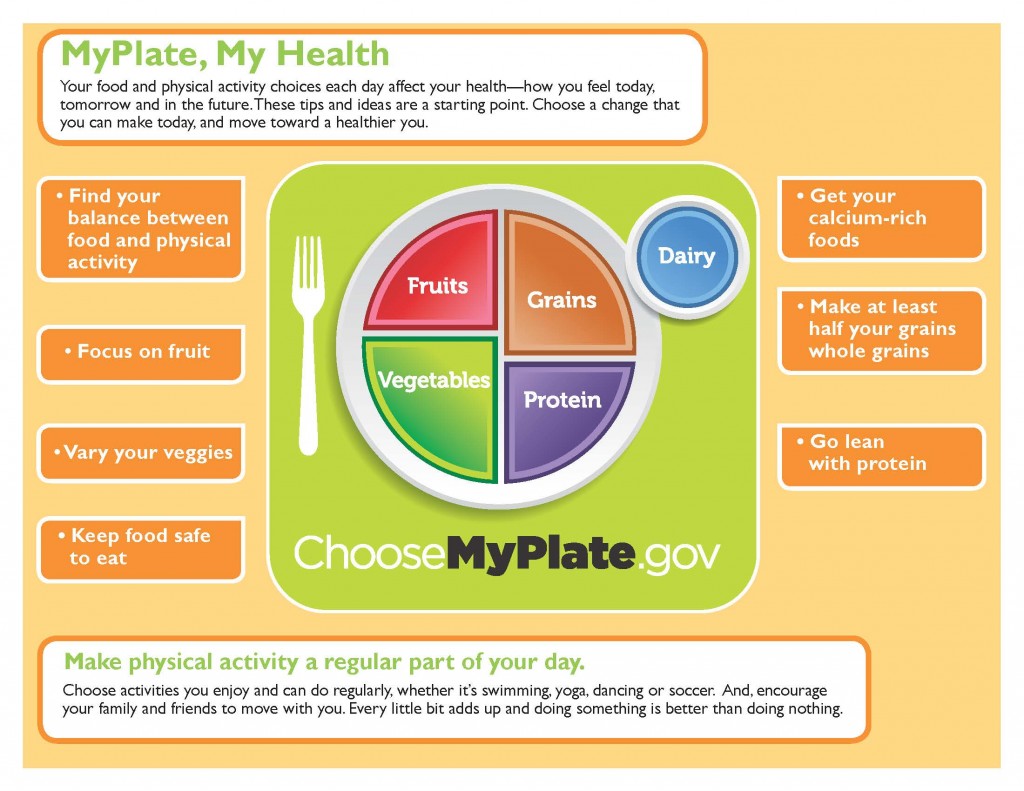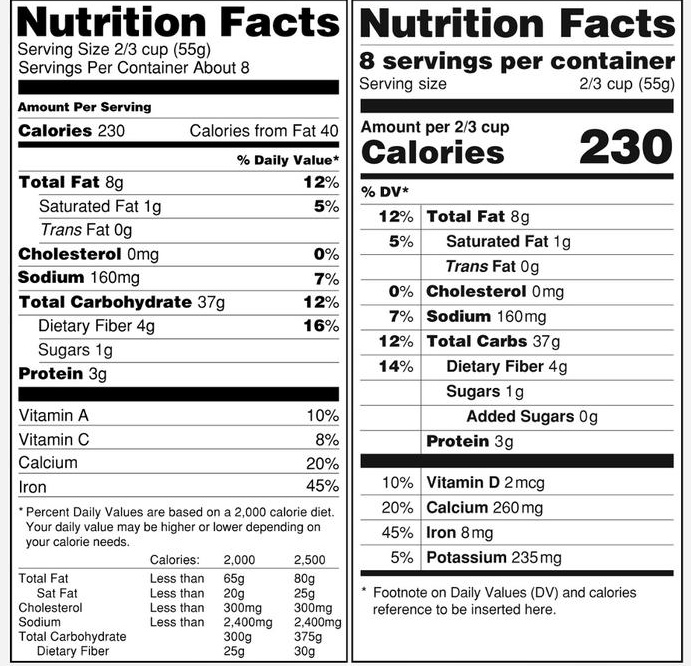Food Politics, An Update: Washington on Nutrition
Yes, Bloomberg tried to limit the size of soda you can drink.
Yes, the First Lady wants us to Move.
Yes, Washington specifies how it would like your Plate to look. 
Whether you favor the government meddling in your food or not, you simply cannot change the fact that they do! Public health problems, such as childhood obesity, have thwarted food and nutrition policy into the limelight, instead of it’s usual backseat. While this has allowed Americans to understand the government’s role in this very personal arena, it has also exposed how politics influence policy. (For more about the food industry and politics, read Dr. Marion Nestle’s book, Food Politics.) Despite the politics that surround Washington and the food and nutrition business, the rules and regulations created by the Food and Drug Administration (FDA) and U.S. Department of Agriculture (USDA) are intended to keep us safe. Laws and proposals about what we eat, and how we eat it, have never been as apparent as they are now.
To keep you up-to-date, here’s a recap of what’s nutritionally been happening in Washington lately:
1. Gluten-free labeling, defined 
Before last week, the 21 million American gluten-free eaters had no trustworthy way to know if a product labeled as “gluten-free” was completely free from gluten. A previously fuzzy image is now in focus. The FDA now (as of 8/5/2014) mandates that any product labeled as “gluten-free” must contain less than 20 parts per million of gluten. Reports suggest that as many as five percent of products currently on supermarket shelves adorned with the gluten-free ‘stamp of approval’ will require makeovers to adhere to this new law. Bravo to this new ruling because it is imperative that consumers with food allergies can purchase food products they trust.
2. School lunch overhaul
A few years ago the Obama administration set forth to overhaul school nutrition. Now that laws have been passed and reality has set in, what will your kids be served once back in school?
Here are some highlights:
- Age-appropriate caloric and nutrient requirements will now be met instead of a “one size fits all” approach.
- More vegetables and fruit of every color, for a variety of nutrients with a lower calorie count.
- Lower fat (& zero trans fat!) and sodium content. Fat-free and low-fat milk, plus lower fat meat options.
- Whole grains, instead of refined white grains, will now be included.
- Snacks offered must also adhere to new nutritional standards (including the first ingredient listed being a whole grain, fruit, vegetable, low fat dairy product, or protein source).
Think your kids will dislike this overhaul? Think again! A new study proved that kids are enjoying, and eating, these healthier menus! That’s a win we can all agree on!
3. Nutrition Facts panels are getting a makeover
Your favorite packaged foods may soon start to dress differently! To help Americans decipher the maze that is the Nutrition Facts label, the FDA proposed an update that will attempt to remedy this problem.
These are some of the suggested changes:
- Calorie counts and serving sizes will be emphasized.
- “ADDED sugars” will be added to labels. Most Americans do not know how to differentiate between natural and added sugars on food labels, so now there will be a simpler way for consumers to decode the added sugar content in their food.
- Vitamin D & potassium daily values to be added. Vitamin D is essential for proper calcium absorption, so including it on labels will be beneficial, especially because we don’t convert it to it’s active form (from the sun) as readily as we age.
For more information about the Dietary Guidelines for Americans, click here!
What do you think about these rules and regulations? Sound off below!
XO





 Hi there!
Thanks for stopping by! I'm Chelsey, an online Registered Dietitian, recipe developer, budding photographer, and coffee addict! My mission is to help you feel good through food by answering the question "What should I eat?" Let's make nutrition approachable!
I hope you enjoy my personal collection of simple, healthy, food allergy friendly and nutritiously delicious recipes, plus tips and tons of tricks that will help YOU live a nutritionally-balanced life! I look forward to getting to know you better...
Hi there!
Thanks for stopping by! I'm Chelsey, an online Registered Dietitian, recipe developer, budding photographer, and coffee addict! My mission is to help you feel good through food by answering the question "What should I eat?" Let's make nutrition approachable!
I hope you enjoy my personal collection of simple, healthy, food allergy friendly and nutritiously delicious recipes, plus tips and tons of tricks that will help YOU live a nutritionally-balanced life! I look forward to getting to know you better...








Thank you for sharing so much important information! I can’t wait for the school lunches to take a healthier road…better late than never!